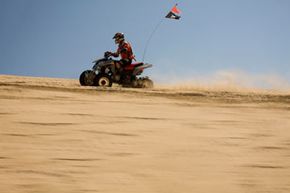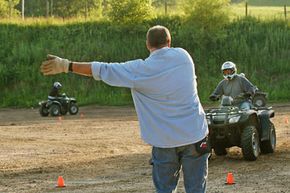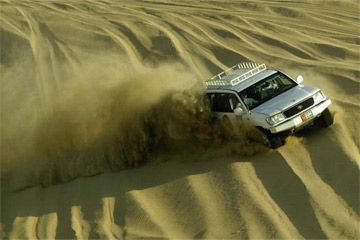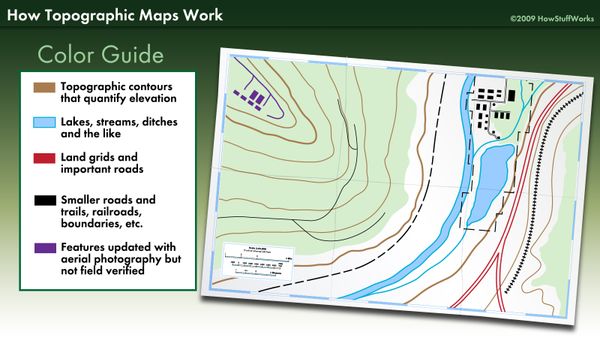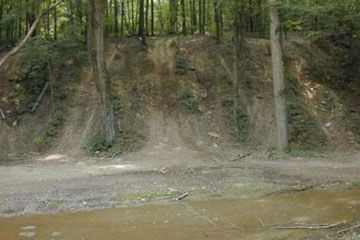On June 6, 2006, a Nevada man crashed his all-terrain vehicle (ATV) through a barbed wire fence during a nighttime drive along the freeway. The vehicle broke through the three lower lines of wire. There was even enough momentum to carry the driver another 50 feet (15 meters) -- sans his head. The topmost strand of barbed wire caught the man's neck and decapitated him instantly.
Fast-forward a few years to July 11, 2008. A pair of off-road enthusiasts were enjoying an ATV ride through Utah's American Fork Canyon when they suddenly rounded a corner on a fallen tree. The impact drove a 4-inch (10.6-centimeter) diameter branch through the vehicle and into the driver's stomach. The vehicle only slammed to a halt when the branch struck the back of her rib cage.
Advertisement
While these incidents stand apart as some of the more graphic and sensational examples of ATV-related injuries, both are but a part of a much larger picture. In 2006, the Nevada decapitation was just one of an estimated 882 ATV accident deaths in the United States alone [source: ATVsafety.gov]. Fortunately, the victim of the 2008 impalement incident survived, but her emergency room-treated injury counted as one of an estimated 150,900 emergency room injuries stemming from ATV-related accidents [source: ATVsafety.gov].
ATVs are not toys, and even safe, responsible usage comes with its share of risks. But you don't have to shake hands with danger every time you gas up for a drive through the wilderness. In this article, we'll blaze through the basics behind safe ATV operation, along with the safety equipment and courses that can help lower the risks of grievous, off-road injury.
Advertisement

